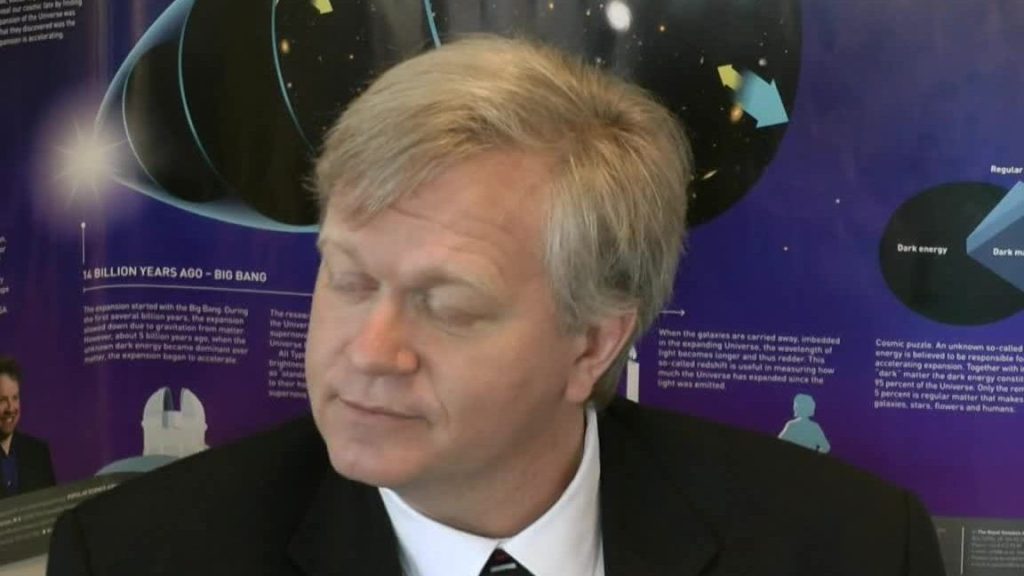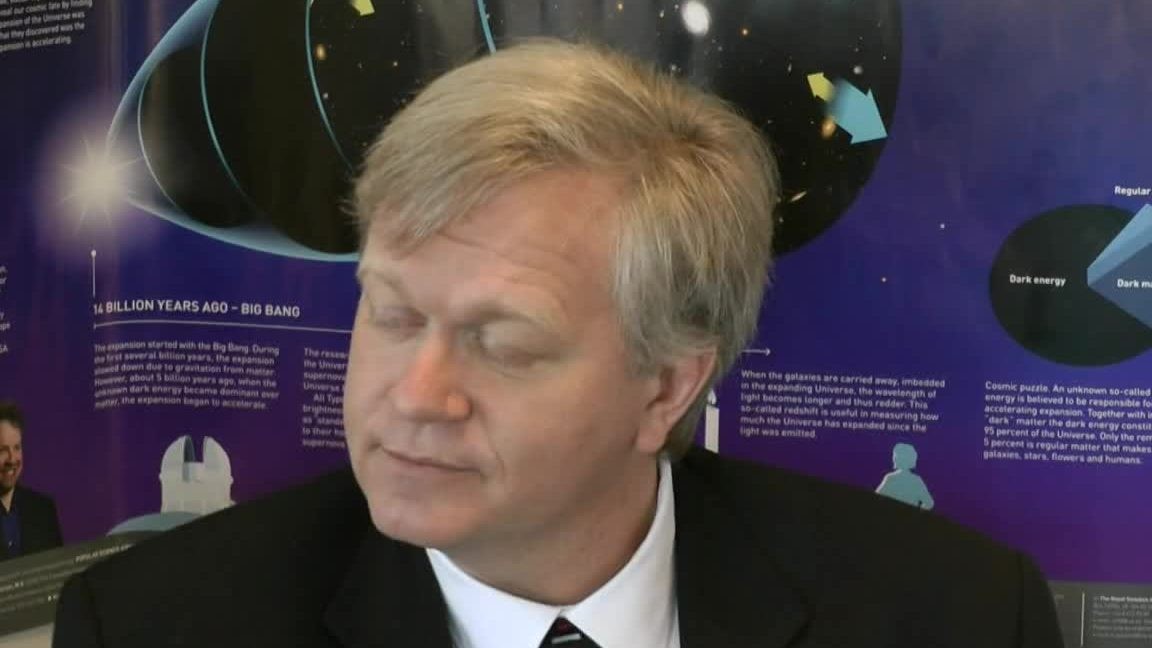
Brian Schmidt
| Brian Schmidt Wiki | |
|---|---|
| Name | Brian Schmidt |
| Profession | Astrophysicist |
| Age | 57 years |
| Date of Birth | February 24, 1967 |
| Horoscope | Pisces |
| Country | United States |
| Height | Check Below |
| Net Worth | See Below |
Birthday Countdown
Early Life and Education
Brian Schmidt was born on February 24, 1967, in Missoula, Montana. He developed a passion for science at a young age and went on to study physics at the University of Arizona. After completing his undergraduate degree, he pursued a Ph.D. in astronomy at Harvard University.
Career and Achievements
Schmidt's career took off when he joined the Mount Stromlo Observatory in Australia as a postdoctoral researcher. In 1998, he made a groundbreaking discovery that would change our understanding of the universe. Along with his team, he found evidence that the universe is expanding at an accelerating rate, which earned him the Nobel Prize in Physics in 2011.
In addition to his research on cosmology and astrophysics, Schmidt has also held various leadership positions in the scientific community. He is currently the Vice-Chancellor of The Australian National University and serves on several advisory boards and committees.
Height and Personal Life
Brian Schmidt stands at a height of 6 feet 1 inch (185 cm). He is married to Jennifer M. Gordon, an astrophysicist who also works at The Australian National University. The couple has two children together.
Net Worth
As of 2024, Brian Schmidt's net worth is estimated to be around $5 million. Most of his wealth comes from his academic career, research grants, and speaking engagements at various conferences and events.
In conclusion, Brian Schmidt is a highly respected figure in the field of astrophysics and cosmology. His groundbreaking discoveries have significantly contributed to our understanding of the universe, earning him numerous accolades including the Nobel Prize. With his continued dedication to research and education, Schmidt is sure to leave a lasting impact on the scientific community for years to come.









